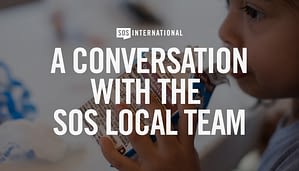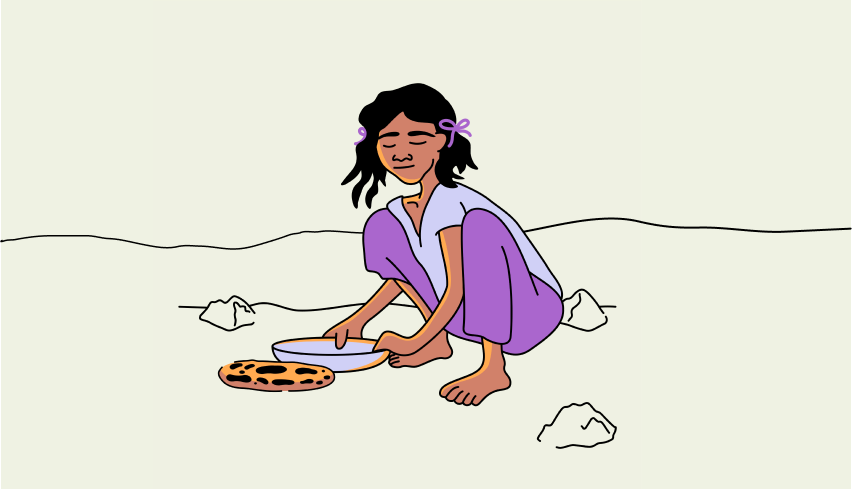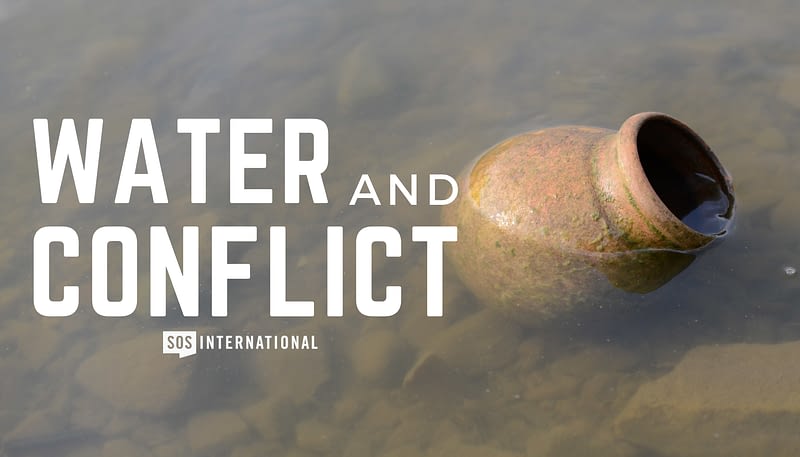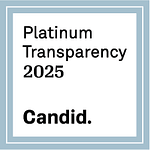Written By: SOS International
Did you know that water is used as a weapon of warfare? Chances are, if you haven’t ever experienced that, you wouldn’t think about it – but it is a global issue on the rise. As communities worldwide attempt to combat water scarcity, conflicts arise over the control and use of water sources. These conflicts may involve using water as a weapon of war and even intentionally targeting and destroying water systems. Although these problems are not new, they are appearing with increasing frequency.
Water has been used as a weapon or a bargaining tool in conflicts throughout history. The Pacific Institute’s Water Conflict Chronology documents water-related incidents in conflicts worldwide. The incidents are categorized into three groups:
Trigger: Water as a trigger or root cause of conflict, where there is a dispute over the control of water or water systems or where economic or physical access to water, or scarcity of water triggers violence.
Weapon: Water as a weapon of conflict, where water resources, or water systems themselves, are used as a tool or weapon in a violent conflict.
Casualty: Water resources or water systems as a casualty of conflict, where water resources or water systems are intentional or incidental casualties or targets of violence.
Fighting over Water
How does water lead to conflict? In the broadest sense, conflict is far more likely to ensue when water is scarce. Limited clean water for everyday use and farming can lead to localized conflict between community members. Water scarcity is caused by several factors, including drought, overuse, or contaminated water sources due to wastewater. Could you imagine how desperate you would feel after not having consistent, clean water for your family for days, weeks, or even years? Conflicts over water happen because people lack a critical resource that everyone literally cannot live without. Another cause of water scarcity is when water is wielded as a weapon of warfare.
Water as a weapon and casualty
It is sobering how often water is used as a weapon or a target of war. Throughout history, detailed accounts have shown water used to gain a tactical advantage. Water becomes a weapon when used as a “tool” to cause harm. This includes instances where enemies will cut off or poison their water supply. Water poisoning is an ancient form of weaponization that is sadly still used today. When water is a “Casualty” or damaged, water sources are deliberately targeted or damaged due to an attack. Dams or other water facilities are attacked in many casualty scenarios to divert water or cause flooding.
A well-known example of this is the 1943 British Royal Air Force when they bombed and destroyed the Möhne Dam during World War II. The dam’s destruction led to a man-made flood that destroyed homes and businesses. Nearly 1,300 people died, many of those casualties being civilians with no involvement in the war. Herein lies the tragedy when water is fought over or fought with: civilians overwhelmingly bear the brunt of warfare around water. When a city’s water sources are damaged or poisoned, floods are caused by bombing dams, or when clean water supplies are short in a community, civilians bear the brunt of the impact. Water is a precious resource – a building block for communities. Water should not be needlessly squandered or harnessed for warfare.
Helping communities find sustainable water solutions in areas where water is scarce can promote peace. To protect water sources in conflict areas and discourage attacks on water supplies, intergovernmental agencies should work to enact international laws to deter these attacks. We need people in all spheres of influence worldwide to be aware of and engaged in these issues to create lasting change through advocacy. Securing the future of clean water in our world will require the collective efforts of all!
Latest Blogs:

A Conversation with our SOS Local Team
Written By: SOS International With Summer feeding in full swing, we thought it would be fun for you to hear from our SOS Local Team and hear their perspective on

Summer Travel Safety Tips
Written By: SOS International Summer is here, which means trips with friends and family are underway. Vacations are a ton of fun, but there is also a very real need

Community Development and Local Partnership
Written By: Dwayne W. Community development thrives on the active involvement and investment of local people. I’ve witnessed over the years that community ownership is a fundamental aspect of successful






